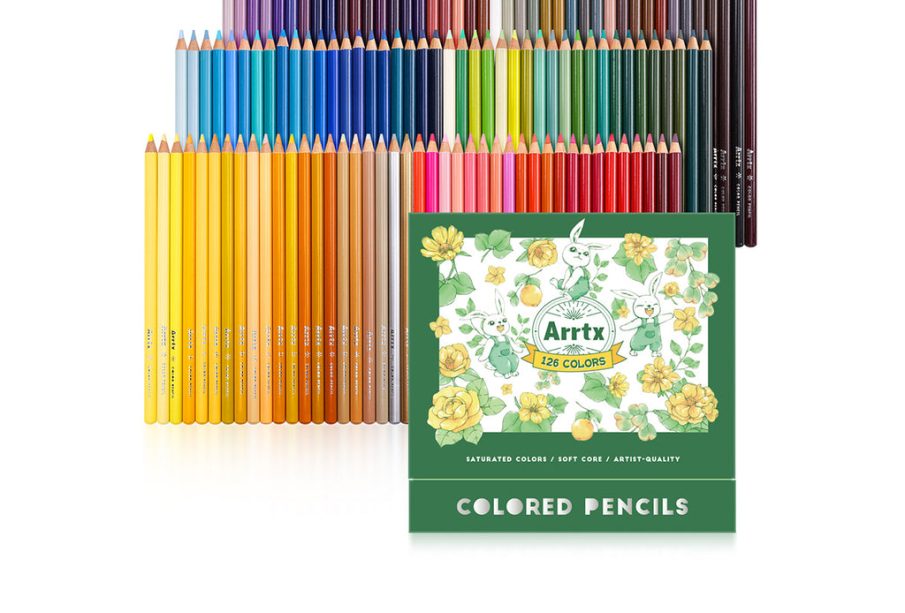The Significance of Colors in Our Daily Lives

Introduction
Colors are more than just aesthetic elements; they have profound effects on our emotions, decisions, and behavior. Various studies have shown that colors can influence our mood, productivity, and even the perception of temperature. Understanding the psychology behind colors can enhance our personal and professional lives.
The Psychology of Colors
Colors evoke different emotional responses across cultures and individuals. For instance, red is often associated with passion and excitement, while blue tends to evoke feelings of calmness and trust. According to research published by the Institute for Color Research, people make subconscious judgments about an environment, a product, or a person within 90 seconds of initial viewing, with 62 to 90 percent of that judgment based solely on color.
Colors in Marketing and Branding
Marketers have long recognized the importance of color in influencing consumer behavior. For example, brands like Coca-Cola and McDonald’s have effectively used red and yellow to create feelings of hunger and excitement. Similarly, tech brands often use blue to communicate reliability and professionalism. Recent studies suggest that up to 85% of consumers base their purchase decisions on color.
Colors in Culture and Society
Colors also play crucial roles in cultural contexts. Different hues signify different meanings; for example, white symbolizes purity in Western cultures, while it is often associated with mourning in some Eastern traditions. Festivals and rituals around the world prominently feature distinctive colors, which enhance the experience and feelings of the participants.
Conclusion
As we navigate through life, the colors we encounter shape our emotions and decisions more than we realize. Understanding the significance of colors can empower individuals, enhance marketing strategies, and cultivate richer cultural experiences. Moving forward, awareness of color psychology will remain imperative for professionals across all fields, from design and marketing to education and healthcare. Adapting our environments intentionally with the right colors can create a positive impact on our lives.









